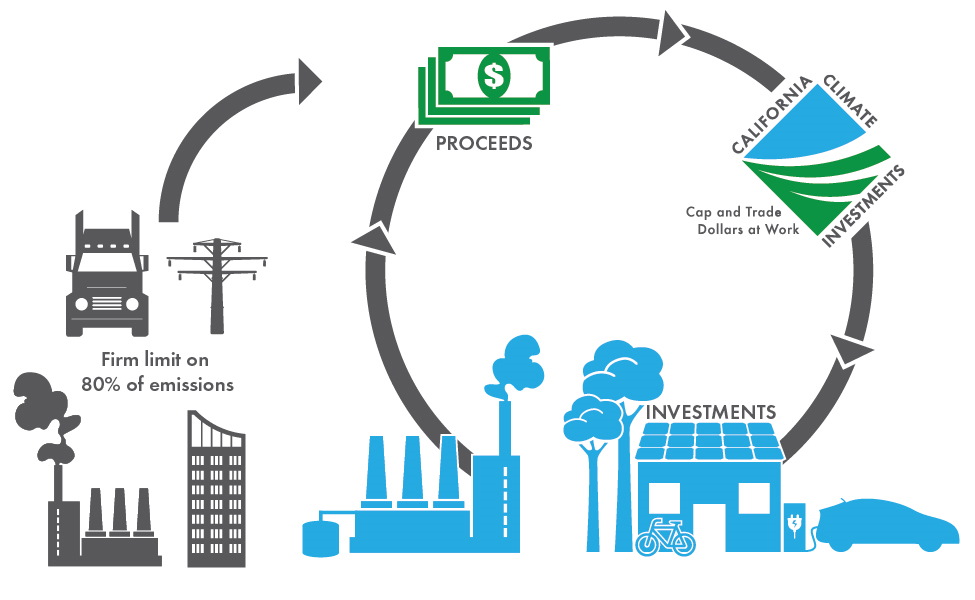You may have heard the term “Carbon.Credit” before, but do you really know what it is? A carbon credit is a generic term for any tradable certificate or permit that represents the right to emit one tonne of carbon dioxide or its equivalent of another greenhouse gas. They are a key instrument in international and national emissions trading schemes designed to mitigate climate change. In this article, we’ll explore the origin of carbon credits, how they work and their role in the fight against climate change.

The idea of using market-based mechanisms to price carbon and thereby incentivize reductions in emissions was first proposed by Nobel laureate Ronald Coase in 1960. It wasn’t until the early 1990s, however, that the concept began to gain traction. This was largely due to the recognition that voluntary measures alone would not be sufficient to combat climate change and that more concerted global action was needed.
As part of the 1997 Kyo to Protocol, industrialized nations agreed to binding targets for reducing their greenhouse gas emissions. To help achieve these targets, the protocol established three “mechanisms”: Joint Implementation, Clean Development Mechanism and Emissions Trading. These mechanisms all involve the use of carbon credits.
Basically, carbon credits can be bought and sold like any other commodity on a open market. The price is determined by supply and demand. The hope is that by putting a price on carbon emissions, companies and individuals will be incentivized to reduce their emissions in order to save money.
In addition to providing a financial incentive for emissions reductions, carbon credits also create a new revenue stream for projects that result in emission reductions. This can make low-carbon development projects more attractive investments, especially in developing countries where such projects are often needed most but financing is harder to come by.
Conclusion:
Carbon credits are a key tool in the fight against climate change. By putting a price on carbon emissions, they create an incentive for companies and individuals to reduce their emissions. They also generate new funding streams for low-carbon development projects, making them more attractive investments. If we’re going to meet our climate change goals, it’s important that we make use of every tool at our disposal—and that includes carbon credits.
